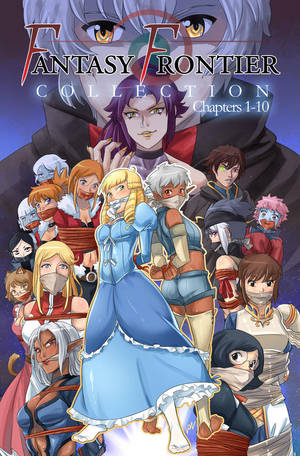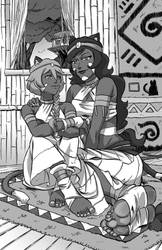A very large imageboard for Japanese related content that is anonymous.
Several of these should be self-explanatory, but I thought I would explain my terms for the labels I'm assigning to each video clip. Blindfold- A blindfold figures prominently in the scene. Bomb- A bomb figures prominently in the scene. Bondage- The binding starts off as part of a kinky sex scene. Bound- The person is already bound in the scene. Capture- The process of capturing the prisoner is shown, through chloroform, drugs, covering the mouth with a hand, carrying them off, or over-powering them. Captive-The person is kept bound or imprisoned for a long time.
Chains- includes handcuffs and shackles. Damsels- Two or more women are in the scene. Damsel in distress- the scene is an extended plot point or climax to the film or TV show it's taken from.
Such scene usually involve some sort of Death Trap. Death Trap- A favorite in comic books as well as action movies.The person is left in a dangerous situation wherein if they cannot escape they will die in some gruesome prolonged fashion.

Tekst prikoljnoe priglashenie na korporativ. Fetish- Leather, rubber, whips or other items associated with kinky sex are prominent in the scene. Gagged-A gag of some sort figures prominently in the scene. Hostage- The person is a victim of terrorists, robbers, or other criminal types. Kidnapped- The purpose of the capture is for money or to exchange for some object. Rope- The use of rope figures prominently in the scene.

Tape- Tape figures prominently in the scene either as a restraint or a gag. Typically this is either duct tape or medical tape. Tied Up- The process of binding the person is shown.
More Draft Prep • • • • • You could make the case that any player who doesn't live up to his draft position is a bust. That's a generally accepted definition of the term.
But I feel like it's kind of a rebranding, right? 'Bust' to me connotes a true bottoming out, a fall so cataclysmic that it could potentially wreck your season. So here in Busts 2.0, I'm redirecting the focus to those most at risk of disaster and leaving the simple cases of a player being overdrafted. For the most part, anyway.
I still have to come up with enough names to populate an entire column, after all. K 82 heart irregularity became the predominant storyline surrounding him last season, ultimately requiring offseason surgery, and it's certainly possible it impacted his performance. But if we put that big scary variable aside and assess him by what we actually can measure, he looks like a pitcher in sharp decline. First, there's the velocity, which did partly recover after barely brushing 90 mph at the start of the year and surely played a role in him salvaging his season after a disastrous April. But it didn't make it all the way back, and, it's worth noting, neither did Jansen, averaging 10.2 strikeouts per nine innings compared to 14.4 per nine in 2017. Sure, 10.2 K/9 is fine in a vacuum, but for a pitcher known for being a historically dominant closer, it's underwhelming and was also reflected in the swinging strike rate, which dipped about five percent. If a 1 mph difference in velocity (which is about what it ended up being) can make that much of a difference, imagine if his stuff continues to decline.
Early radar readings have him in the high 80s this spring, which isn't a great sign. It'll get better from there, most likely, but will it get good enough to make him the pitcher he was from May through September?
Because it looks to me like the line between that one and the one he was last April is razor thin. AB 573 The case could be made that, a prolific fly-ball hitter who has spent most of his career in the wrong park for fly-ball hitters, is in line for career-best numbers now that he's in Milwaukee. Except that we already saw that movie for the final one-third of last season and he actually ended up with a worse slugging percentage and home run rate than with the Royals. OK, so no guarantees, but it was small sample, right? Here's the bigger problem: Any presumed improvements only matter to the extent he's capable of delivering on them, which is a fancy way of saying he needs to play. The signed him to play.
Second base, that is — a position where he has yet to appear as professional, which includes his time in the minors, and one where it's hard to imagine him being halfway decent given that his range ratings the past two years at third base, a less range-dependent position, have left something to be desired.  So yeah, maybe the Brewers will stick him at second base to start out, but do they keep him there from the seventh inning on? Do they start him six times a week?
So yeah, maybe the Brewers will stick him at second base to start out, but do they keep him there from the seventh inning on? Do they start him six times a week?